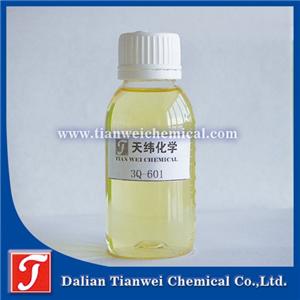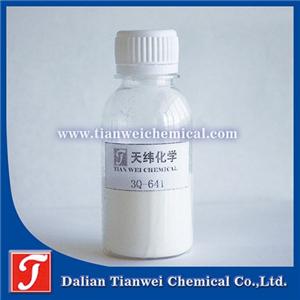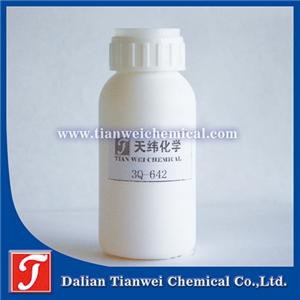-
What are the special features of dry film antifungal agent?
Dry film antifungal agent is a kind of product that has a broad antibacterial spectrum, especially has a strong inhibitory effect on mold and yeast
20-05-2022 -
What is the use of concentrated antifungal agents?
In daily life, it is often seen that wooden products are moldy, black spots, rotten, fragile, etc. This is caused by insufficient anti-corrosion and mildew-proof measures for wooden products. This can be avoided by using a concentrated mildew inhibitor.
05-05-2022 -
What should I pay attention to when buying and using paint for children's rooms?
There are many types of children's room decoration coatings. When parents buy children's room decoration coatings, they are unable to distinguish between many products and promotions. Consumers should pay attention to the following points when purchasing and using:
08-04-2022 -
What are the differences between antifungal agents and preservatives?
Although preservatives and anti-fungal agents sound like an agent used to prevent a certain item from being damaged, they are still different. So today we will talk about the difference between anti-fungal agents and preservatives?
11-10-2021 -
Wood preservative treatment methods
There are several different methods of wood preservative treatment, including: smearing method, dip tank method, hot and cold tank method, grout smearing method, enveloping anticorrosion method, living tree treatment method, etc. Next, let's take a look at these different anti-corrosion treatment methods.
05-08-2021 -
How to choose cosmetic grade antiseptic and antifungal agent
Is cosmetic grade antiseptic and antifungal agent really safe and secure? Why do I even dare not use preservative-free skin care products? What is the role of preservatives? The answer is no. The root of this question comes from our misunderstanding of preservatives. If you ask a friend casually what the preservatives in skin care products are used for, you will basically get this answer: prevent skin care products from breaking down. However, the more important role of preservatives is: to prevent fungi and bacteria.
28-07-2021 -
What is the difference between antifungal agent and antibacterial agent?
The antifungal agent has a strong inhibitory and killing effect on bacteria, fungi and algae. It is mainly suitable for daily use of antiseptic and mildew, such as cosmetics, detergents, gels, creams, liquid soaps and wet tissues. Anti-mold, usually refers to the dry film state of paint and other products, that is, the film, in order to prevent the growth of mold, an anti-mold effect is required. The anti-mold agent is in the dry film state, mainly targeting mold, killing and inhibiting the growth of mold An additive.
15-06-2021 -
The role of antifungal agents
Antifungal agents are chemicals that prevent materials and objects from becoming moldy and deteriorating. Generally speaking, after molds are treated with antifungal agents, many biological characteristics have changed, such as reproduction, spore formation, spore germination, cell mitosis, respiration, and other physiological, biochemical reactions and metabolic activities, etc., will be affected, thereby inhibiting The growth and reproduction of molds will ultimately achieve the purpose of controlling molds.
09-06-2021 -
How do preservatives and antifungal agents treat wood?
As early as the 1970s, anti-corrosion wood has appeared. At that time, people only used the method of applying preservatives on the wood to achieve the effect of wood preservation. The anti-corrosion wood we are talking about now is to place the wood in a high-pressure container, extract the air from the wood, and press the preservative deeply into the wood's cells.
27-05-2021 -
The advantages of industrial antifungal agents
Antifungal agents have the same effect as preservatives, universal antibacterial, and have a good inhibitory effect on different fungi and bacteria and antifungal bacteria; long-lasting non-toxic, no peculiar smell, very stable; emulsification that does not damage the matrix Effect; the scope of use is very wide.
11-05-2021




